Diamonds are probably the most used gem in jewelry and high jewelry. Diamond business and history is also fascinating and will be the topic of a future post. But today w are focusing on what a diamond is, and how it came to be.
What are diamonds?
- Diamonds are initially formed in lower layers of the earth under incredible heat and pressure. As the earth moves, they are progressively pushed back closer to the surface, and can be mined in many different ways, and locations throughout the world.
- The high temperature and pressure requirements made diamonds originally extremely difficult to replicate in laboratories, unlike Corundums and Beryls that were “somewhat” easy to make synthetically. Commonly known “lab grown” diamonds have the same chemical composition and structure as natural diamonds but are created synthetically.
- There is an ongoing debate in the jewelry and gemology industry on whether they should be/ can be referred to a “real” diamonds, I will not give my opinion in this article. But please keep in mind that the only current way to educate your customers ethically is to specify “natural”, “lab grown”, “lab made’, or “synthetic” diamond, and the term “real diamond” should not be used on its own until its definition is fully agreed on.
Chemical Composition:
- Diamonds are composed of carbon atoms arranged in a crystal lattice structure. The chemical formula for diamonds is simply C (carbon).
Crystal Structure:
- The crystal structure of diamonds is a face-centered cubic (FCC) lattice. In this structure, each carbon atom is bonded to four other carbon atoms in a tetrahedral arrangement. The strong carbon-carbon covalent bonds contribute to the exceptional hardness of diamonds.
Density:
- The density of diamonds typically ranges from approximately 3.4 to 3.5 grams per cubic centimeter. While not as dense as some other minerals, the density of diamonds is still relatively high.
Mohs Scale Rating:
- Diamonds are the hardest known natural material, scoring a perfect 10 on the Mohs scale of mineral hardness. This means that diamonds can scratch any other mineral and are significantly harder than other gemstones and materials.
Refractive Index:
- The refractive index of diamonds is relatively high, typically around 2.42. This high refractive index, combined with the dispersion of light, contributes to the brilliant sparkle and fire that diamonds are known for.
Varieties:
- While colorless diamonds are the most well-known, diamonds can come in a variety of colors due to the presence of trace elements or structural defects. Fancy colored diamonds include shades of yellow, brown, blue, green, pink, and more. The Gemological Institute of America (GIA) grades diamonds based on the 4 Cs: color, clarity, cut, and carat weight.
Diamond Grading:
There are four aspects that come into play when grading a diamond, each will be developed further in future articles, but here is a shortened version of each:
- Color : refers to how “white” a diamond is, or what color and intensity that color has. Diamonds are most commonly white, yellow, or brown and these three are classified between D-Z when clear enough, D being the whitest, Z a coloration of brown or yellow in a white stone
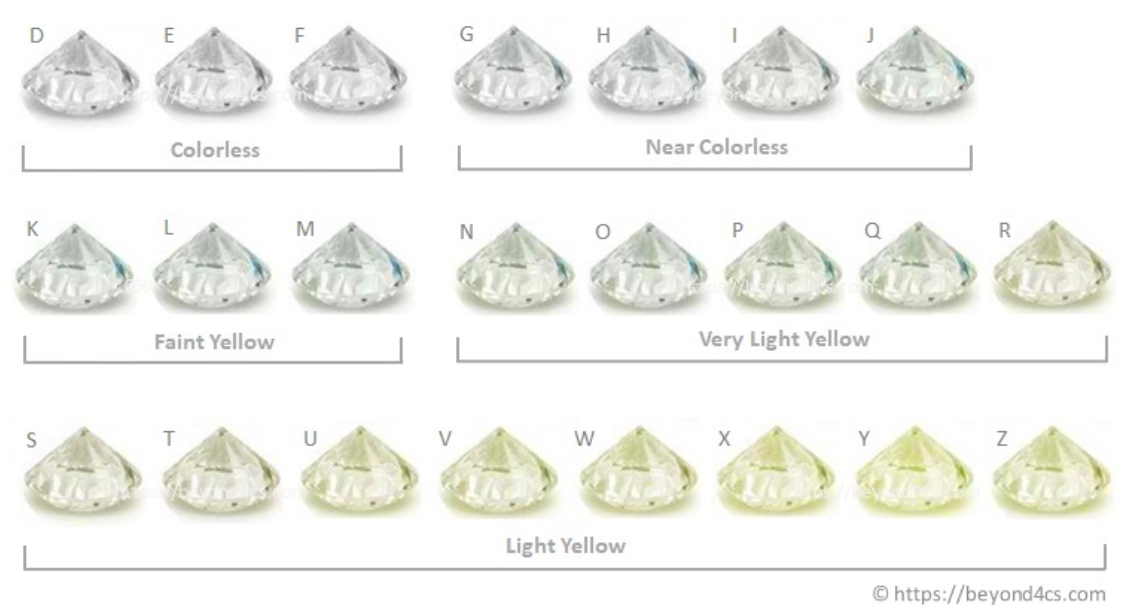
Once a color is darker than Z it becomes a “colored diamond” and is then ranked on a different scale which is shown by this GIA chart for yellow diamond (this chart will also be true for other colors, in which they are ranked from D-Z, fancy light – fancy dark – fancy vivid):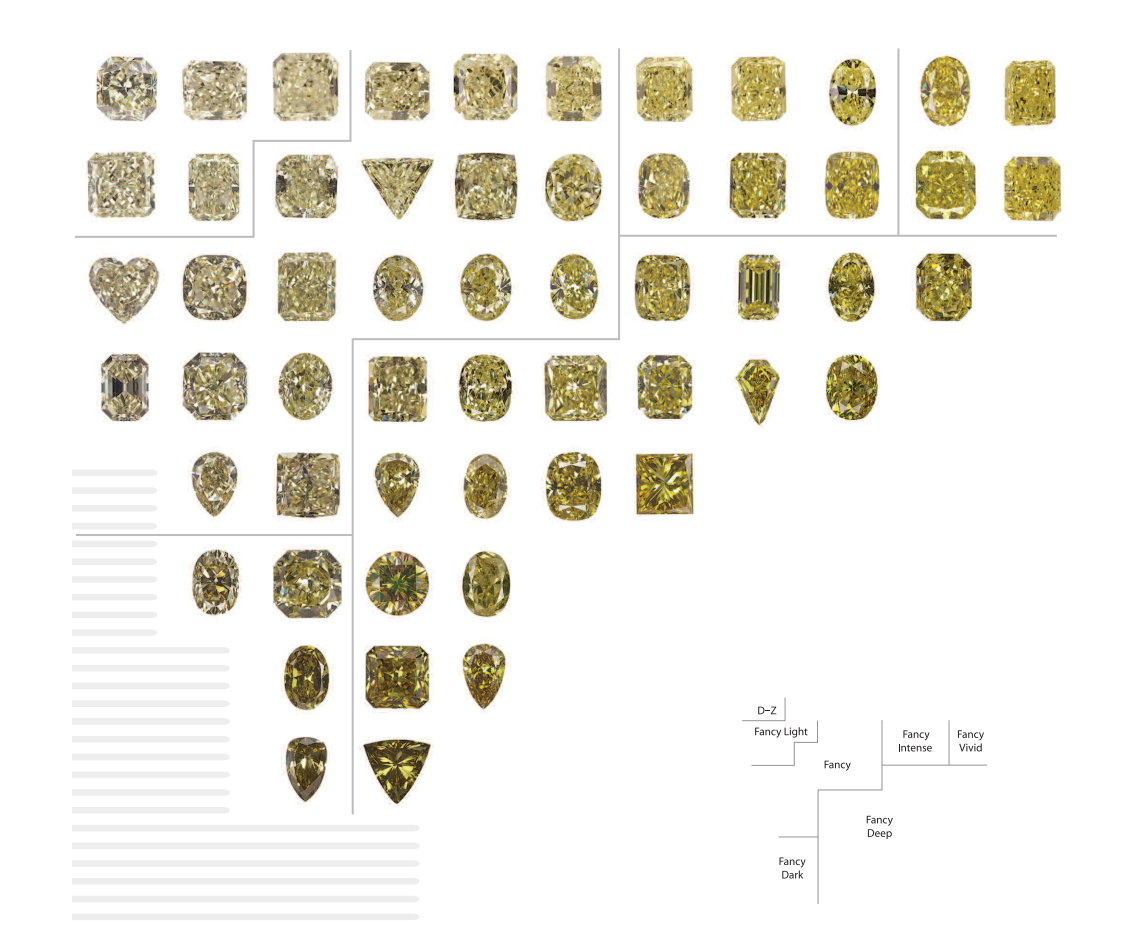
- Cut : refers to the quality of the cut and polishing and how close it is to the ideal proportions, which although it may seem trivial is very important for the light play and fire in the stone.
- Clarity: Classified from F (Flawless) to I3 (Inclusion 3), it refers to how many and how visible internal damage and inclusions are in a diamond
- Carat: Refers to the weight of the stone in Carat (1 carat = 0.2 gram)
For example a 1 carat, triple excellent cut, D (highest colorless/white grade)- IF (Internally flawless) stone would be worth much more than a 1 carat, triple good cut, J, – SI1(Slightly included 1) stone, which would be itself worth much more than a 1 carat, triple fair cut, V – I3 (Included 3) stone.
Which one you choose depends on your budget and what you value the most, whether it is the size, the color, the clarity, the cut or a balance.
Thank you for reading this post, and I hope you learned something new!
Keep learning
See you soon!
.
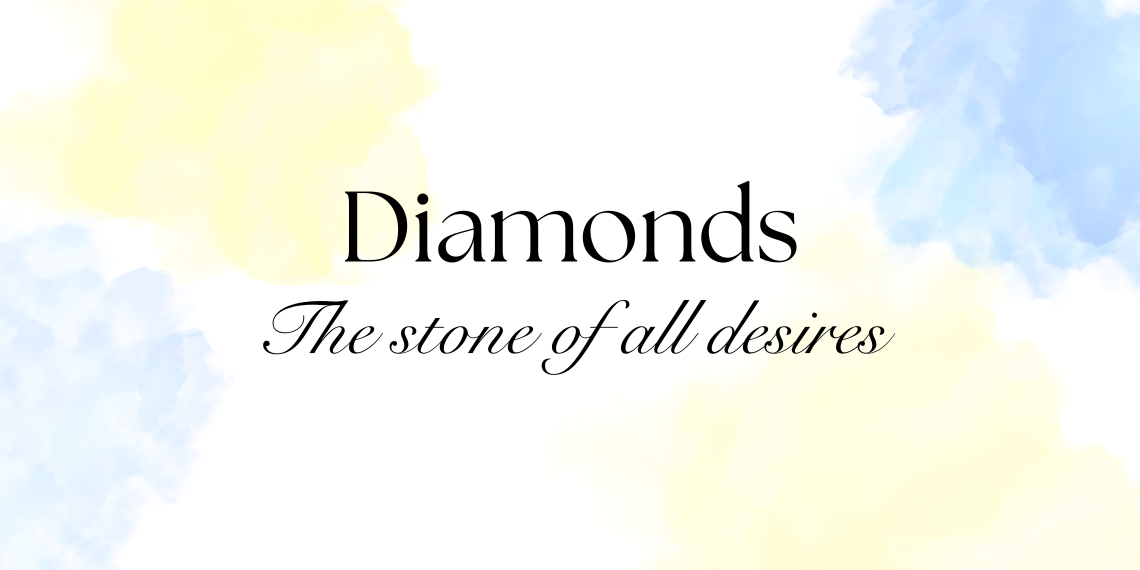

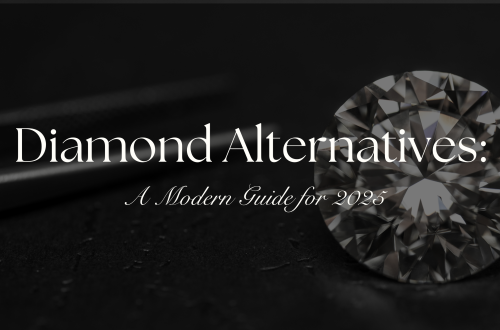
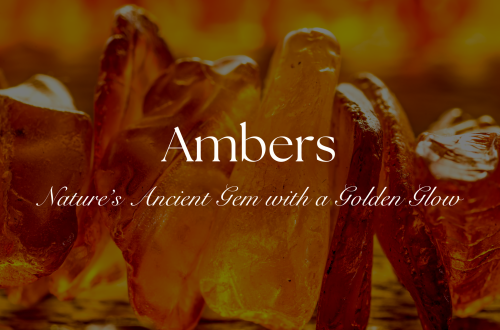

Very interesting information!Perfect just what I was searching for!Blog range